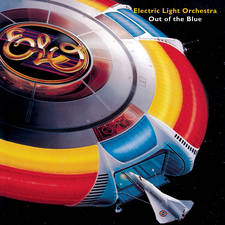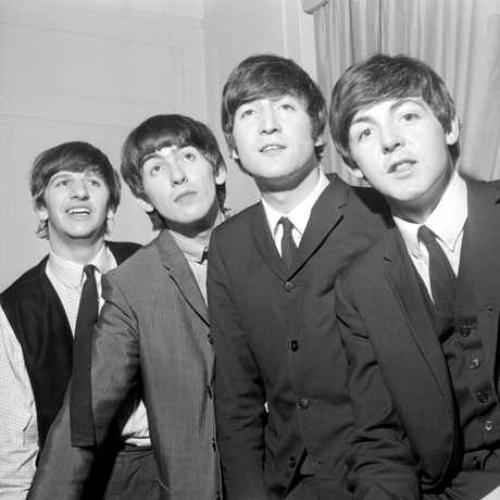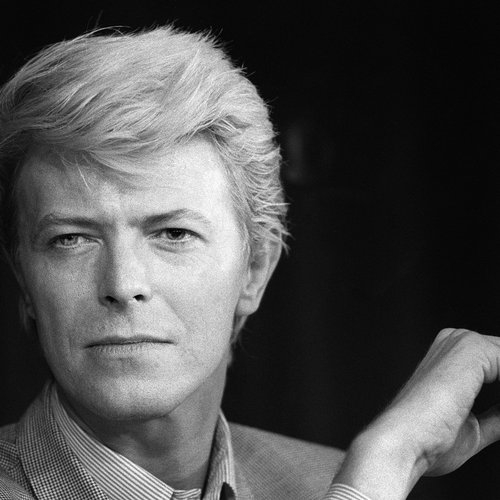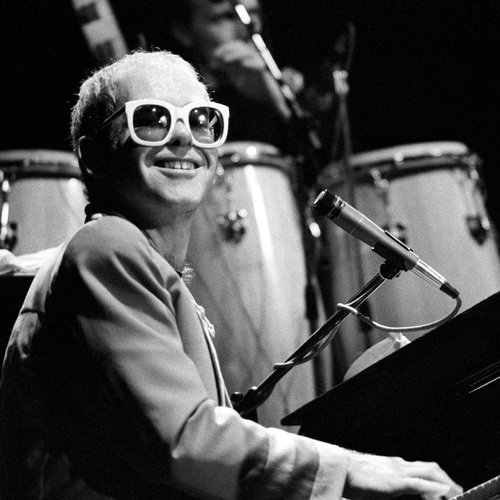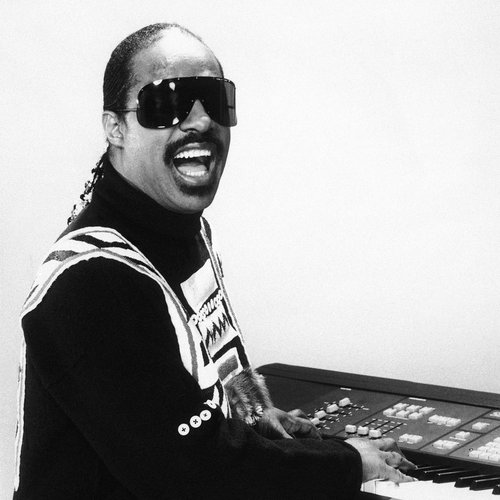Peter Tork facts: Monkees singer's career, family, songs and death explained
20 November 2024, 17:00

Peter Tork was a genuinely remarkable figure in the music world.
Listen to this article
Best known for his role as the lovable, quirky bassist of The Monkees, Peter Tork’s musical talents shone early, mastering the piano, guitar, and banjo.
When The Monkees burst onto the scene in the mid-60s, Peter quickly became a fan favourite, thanks to his infectious smile and boyish charm.
- The Monkees' 10 greatest songs ever, ranked
- The Monkees were embarrassed by their fans booing Jimi Hendrix
Beyond the band, Peter’s talents were vast. He was a gifted songwriter and a multi-instrumentalist, always eager to explore different musical avenues. After The Monkees, he delved into various solo projects and collaborations, showcasing his versatility and passion for music.
Peter’s love for performing never waned, and he continued to share his music with fans until his passing in 2019.
-
Where and when was Peter Tork born?
Peter Tork Of The Monkees. Picture: Getty Peter Tork was born on February 13, 1942, in Washington DC.
His full name at birth was Peter Halsten Thorkelson. He was the son of John Thorkelson, an economics professor, and Virginia Hope, a homemaker.
Peter had a relatively typical American upbringing, with a strong emphasis on education and the arts, which clearly influenced his musical talents. He had three siblings: Anne, Christopher, and Nicholas.
-
How did he get his start in music and when did he join the Monkees?
The Monkees. Picture: Getty Peter Tork's journey into music began at a young age. He started playing the piano when he was just nine years old and later picked up the guitar and banjo.
His passion for folk music led him to Greenwich Village in New York City during the early 1960s, where he became part of the vibrant folk music scene. It was there that he met Stephen Stills, who would later recommend Peter for a new TV show being cast.
In 1965, Peter auditioned for and won a role on The Monkees, a television show about a fictional rock band inspired by The Beatles.
Peter joined bandmates Micky Dolenz, Davy Jones, and Michael Nesmith, forming the quartet that would become pop culture icons.
The Monkees quickly shot to fame, with Peter's musical skills and charming personality playing a crucial role in the band's success both on-screen and off.
-
What did he do outside of the Monkees?

PETER TORK "pleasant valley sunday" (the encore)
Outside of The Monkees, Peter Tork had a diverse and interesting career. After the initial run of the show ended, he continued to explore his musical interests.
In the late 1960s and early 1970s, Peter formed a band called Release and pursued solo projects, showcasing his talents as a singer-songwriter.
Throughout the 1980s and 1990s, Peter participated in various Monkees reunion tours, delighting fans with live performances. He also formed a group called Peter Tork and The New Monks, which allowed him to perform and record new music.
Additionally, Peter was involved in several other musical collaborations, including his work with the band Shoe Suede Blues, where he played blues and folk music, demonstrating his versatility as a musician.
Peter also dabbled in acting, making guest appearances on TV shows and occasionally participating in theatre productions. His passion for music education led him to teach piano and guitar, sharing his knowledge and love for music with students.
-
Was he married and did he have kids?
Peter Tork married four times throughout his life.
His first marriage was to Jody Babb in 1960, but it was short-lived. In 1973, he married Reine Stewart, with whom he had a daughter named Hallie. That marriage also ended in divorce.
Peter later married Barbara Iannoli in 1975, and they had a son named Ivan before divorcing in 1987.
His fourth marriage was to Pamela Grapes in 2013, and they remained together until his passing in 2019.
Besides his two children from his marriages, Peter also had a third child, a daughter named Erica, from a relationship with Tammy Sestak.
-
When and how did he die?
Peter Tork in 2016. Picture: Getty Peter Tork passed away on February 21, 2019, at the age of 77.
He had been battling adenoid cystic carcinoma, a rare form of cancer that typically affects the salivary glands. Peter was diagnosed with this disease in 2009 and bravely fought it for nearly a decade.
Despite his illness, he continued to perform and connect with his fans as much as possible, demonstrating his enduring passion for music and resilience in the face of adversity.
